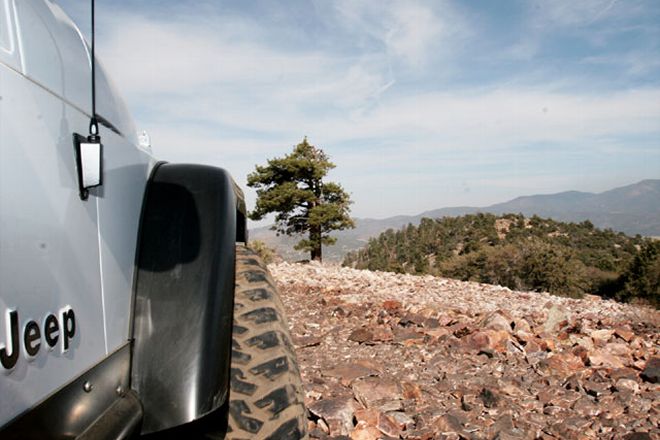
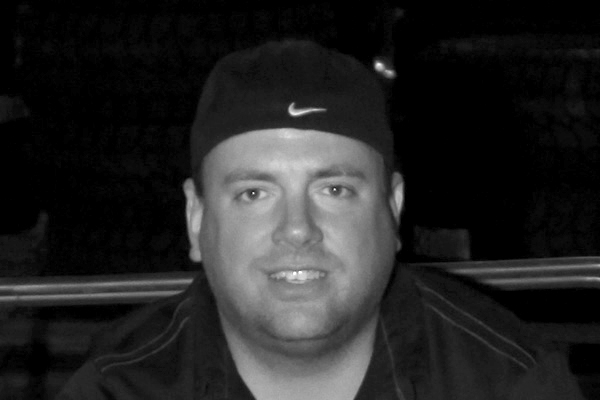 Pete Trasborg
Brand Manager, Jp
Pete Trasborg
Brand Manager, Jp
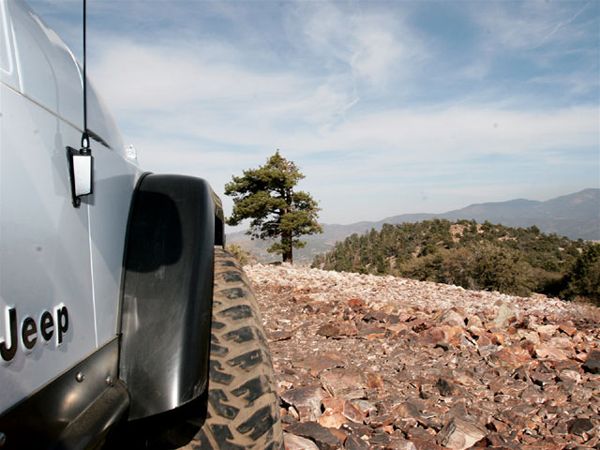
After saving up for that lift and a set of tires and rims, you should be able to just drive off into the sunset with nary a worry in the world, right? Sad to say, the lifting of the Jeep is rarely going to go right the first time.
As was covered in this issue's "Not in the Box" (page 36), you'll often need to shell out more than you originally thought to get your Jeep to the point where you enjoy driving it with the newly installed lift.
Sometimes there are things that go wrong or things you might have overlooked in slapping that lift kit on the Jeep. New vibrations, noises, and handling quirks conspire to make beginning Jeepers and even experienced Jeepers wish they'd never lifted the Jeep in the first place
Now that your Jeep is at a whole new altitude, the following is a bunch of common lift-kit installation problems, post-installation quirks, and their cures that will help make the air up there that much better.
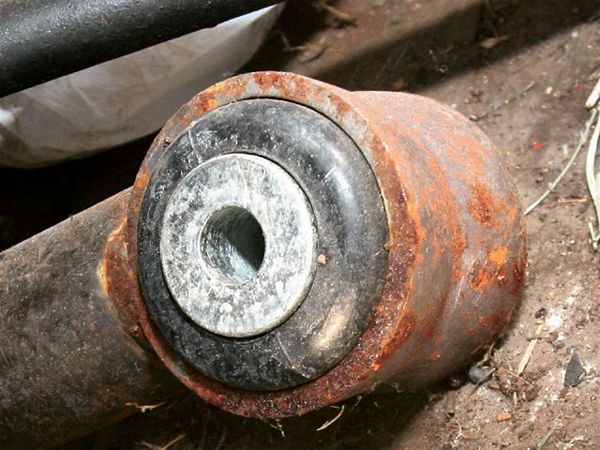
Problem: Rattling noises coming from under the Jeep.
Solutions:
* The directions of every lift kit we've installed said to go back and check everything after X number of miles, and they weren't lying. Leaf-spring bolts come loose, control-arm bolts can come loose-basically, all the bolts you just put in are likely to come out. Check them.
* Some aftermarket control-arm bushings need to be removed and retightened after the first 500-1,000 miles. If you can't find the rattle anywhere else, look there.
* Check the lug nuts on your wheels after the first tank of gas or so. Aluminum wheels are especially notorious for working loose, but steel wheels aren't immune.
Problem: Shackles won't fit over the new leaf-spring and frame-mounted spring hanger bushings.
Solutions:
* Try using liquid soap to help slide the shackle over it.
* Hammers help. While pushing is preferable, sometimes that doesn't work. We often use a 3-pound maul, but be careful that you don't destroy the bushing or shackle. Use a hit-look, hit-look, hit-look technique.
* Put the spring on the ground and push the shackle down over the spring, then put the bolt through the spring and raise it up to push it onto the frame-side mount
* Some polyurethane bushings refuse to go into the shackle. If that's the case, cut a 11/48-inch by 11/48-inch chamfer into the corner of the bushing so it will compress without getting destroyed.
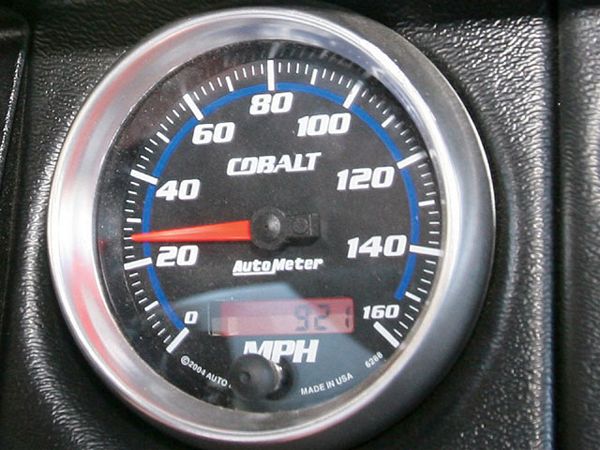
Problem: Your Jeep doesn't go as fast as it used to.
Solutions:
* It's a Jeep, not a race car-get your foot out of the gas.
* The speedometer is likely off by around 10 percent at highway speeds. Get a new speedometer drive gear, an adjustable electronic speedometer, or an electronic speedometer adjuster such as the Truspeed unit from Superlift.
* You went up 3 or more inches in tire size from stock and didn't re-gear. Put in gears that complement your tire size and typical terrain you drive on.
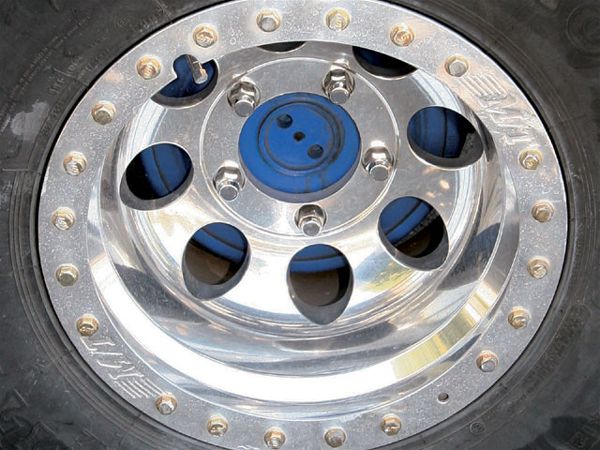
Problem: Bolts won't come loose.Solutions:
* If you live in a rust-prone environment, start soaking all the bolts with penetrating lube the day you order the lift kit. This includes (but is not limited to) U-bolts, leaf-spring bolts, control-arm bolts, pitman-arm nut, tie-rod ends, tie-rod crush sleeves, shock bolts, driveshaft bolts or nuts, and track-bar bolts.
* U-bolt giving you problems? Just cut them in the middle of the axletube with a 411/42-inch angle grinder. You shouldn't be reusing them anyway.
* With bolts that go through bushings, the bushing will absorb the impact when using an air impact. Get the wrench holding the nut to rest on something solid like the frame, crossmember, or axle so the shock goes into the bolt and doesn't simply get absorbed by the bushing

Problem: Death wobble.
Solutions:
* Put the front end on jackstands, then check for tightness in the tie-rod ends, ball joints, spring bushings, control-arm bushings, and hub bearings. Installing a lift and bigger tires will often exacerbate preexisting problems with worn components that the little tires didn't affect.
* If that doesn't do it, less frequently, a tire imbalance is to blame. Put the tires with the least amount of wheel weights on the front axle and see how that does.
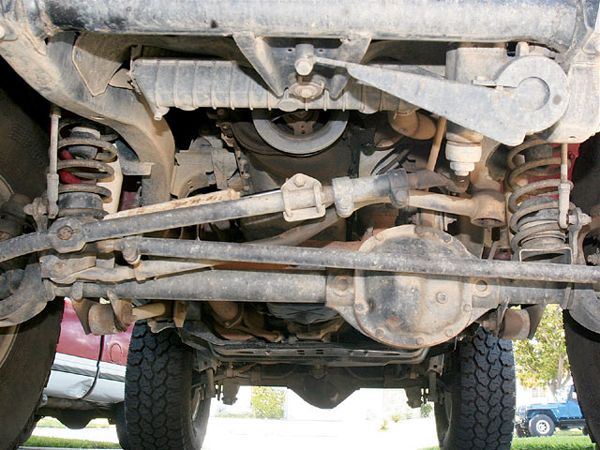
Problem: Bumpsteer or the steering wheel and/or Jeep jerk to the left or right when hitting a bump.
Solutions:
* On coil spring Jeeps, check that the track bar and drag link are at the same angle relative to the ground. As little as a 5-degree difference could cause bumpsteer, especially on higher lifts.
* On leaf-spring and coil-spring Jeeps where the track bar isn't suspect, check tire balance, alignment, pitman-arm tightness, steering box, tie-rod ends, ball joints, and axle bearings.
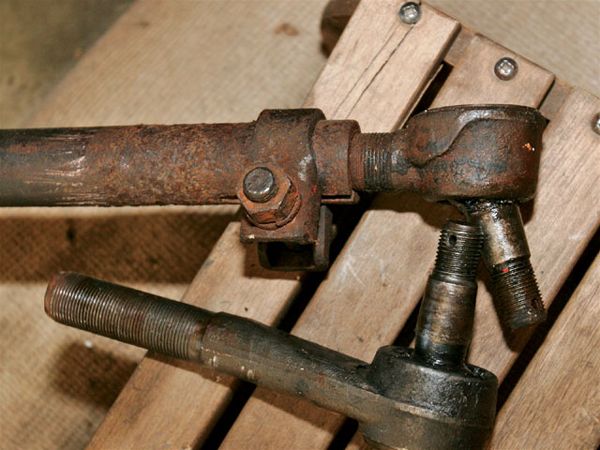
Problem: Can't get the coil spring into the front bucket and/or can't get the tie rod back into the knuckle.
Solutions:
* Check the steering linkage for binding. If you have to fight to get that side of the axle down, maybe your steering is binding up. Use a dropped pitman arm or another aftermarket steering setup that provides higher angularity.
* For TJs, XJs, ZJs, and MJs, we really like the Currie HD steering setup. Not only is it bulletproof, but it allows for a higher angularity than stock parts. Look into it when you approach 311/42-5 inches of lift.
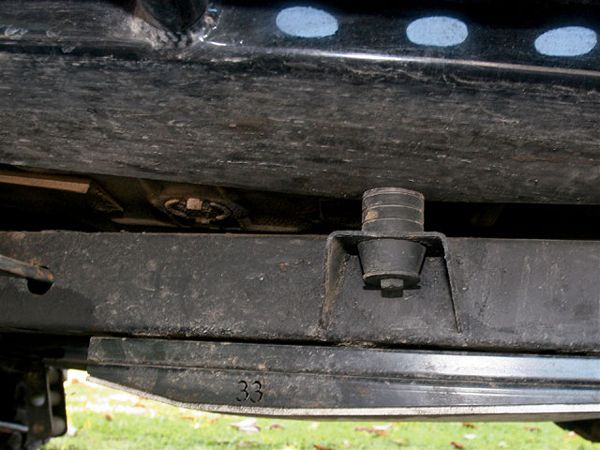
Problem: Vibration that varies with road speed.
Solutions:
* Check the driveshaft angularity. You should be able to jack the Jeep up, put it in Neutral, and turn the driveshaft with no binding. If you feel binding or see where the yokes are hitting each other, either install a transfer-case drop or put a slip-yoke eliminator on the rear output of the transfer case (Rubicon owners need not apply). Sometimes a little light clearancing of the yokes will work temporarily.
* Check that the driveshaft geometry is correct. If you've got a CV-style shaft, the pinion should be pointing directly at the transfer-case output. If you don't have a CV-style shaft, the U-joints at either end of the shaft should be at equal angles to the shaft and the yoke they are bolting into.
* In either case, rotate the axlehousing until it is correct by using angle shims, adjustable control arms, or rewelding the mounting locations on the axle to provide the correct angle.
Problem: Weird noise coming from somewhere.
Solutions:
* If the noise is made when the Jeep is stationary, chock the wheels, fire it up, and chase the noise down. We once put a transfer-case drop bracket on a Jeep, and the fan would just slightly kiss the shroud when the Jeep was flexed out. It took us about three wheeling trips to figure that one out.
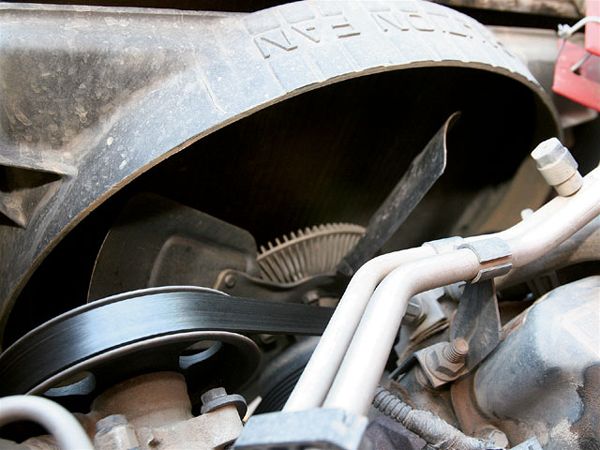
* If the noise only occurs when driving, try to isolate what end of the Jeep the sound is coming from and have a buddy drive it past you so you can hear it from outside the Jeep.
* A last resort is to put it on jackstands and run it. Chock the front tires really well, never get under the Jeep, and don't run it up to 100 mph.
* A cheap video camera under the Jeep pointing at moving parts can help diagnose it too.
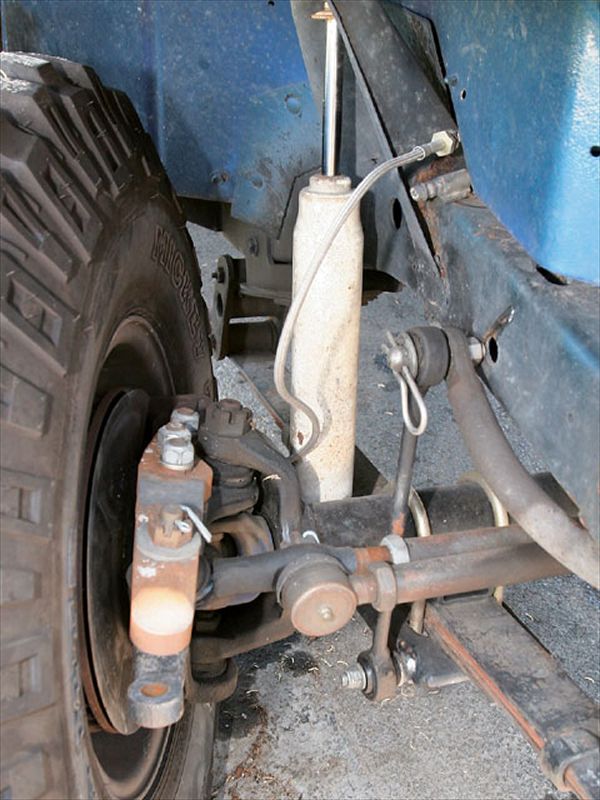
Problem: Tires, shocks, driveshafts, fender flares, and so on are hitting another component.
Solutions:
* Double-check the clearances.
* Sometimes the shock body hits the axle, so get a relocator kit that moves the bottom of the shock farther from the axle.
* The brake lines will need to be relocated or longer ones will need to be purchased. Check by flexing the Jeep on a big rock, an RTI ramp, or a fork lift.